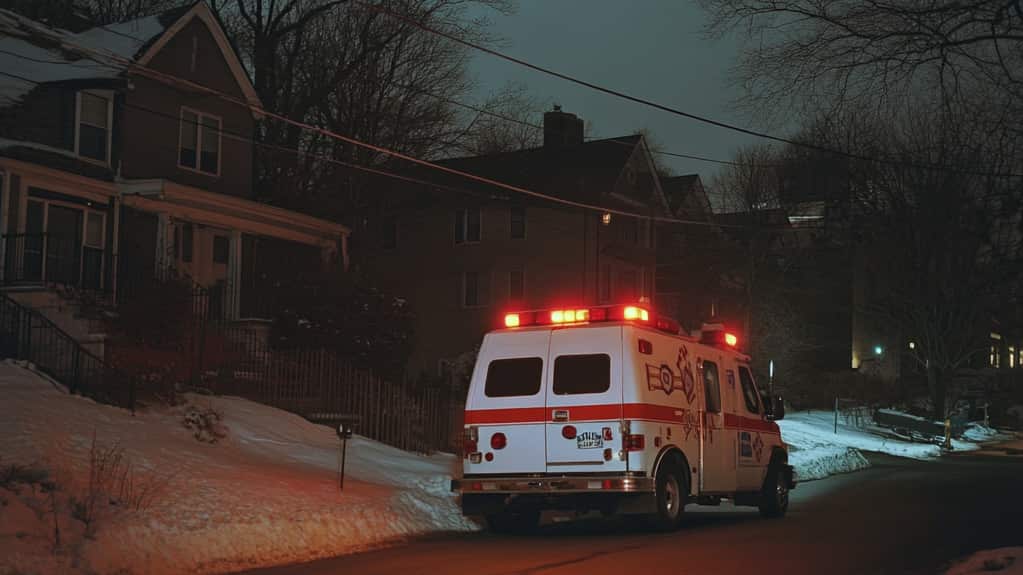There is a quiet danger amongst us. It can lurk in the medicine we take, especially when it comes to something as potent as fentanyl. We have to break down the dangers of mixing fentanyl with prescription medications.
You see, fentanyl isn’t just another pain reliever. It’s like fire—capable of bringing warmth and causing devastation if not handled carefully.
What Is Fentanyl?
Fentanyl is a synthetic opioid created in labs to ease severe pain. These are heavy pains—the kind that come with certain types of cancer or after major surgeries. It’s strong—so strong that it’s about 50 to 100 times more potent than morphine.
But with that strength comes a shadow, a profound responsibility, because fentanyl can easily tip the scales from healing to harm, especially when mixed with other medications.
Why Do People Mix Fentanyl with Prescription Medications?
There’s a sadness here. The reasons why someone might mix fentanyl with other medicines are often rooted in our deepest wounds—sometimes in the body, but more often in the soul.
For some, the mixing is intentional, an attempt to amplify the relief, to quiet the pain that just won’t be still. This is often the path of those struggling with addiction, who find themselves stacking drugs in the hope of silencing the storm or finding the numbing they are looking for.
But not all mixing is intentional. Sometimes, it happens without us even knowing. Maybe it’s because we don’t fully understand the bottles lined up on our shelves, or perhaps it’s because no one told us how these medications might cause dangerous problems.
And then there’s the side of illicit, unregulated drugs. There are often counterfeit pills laced with fentanyl sold. They are told what is in the drug is one thing, but it is fentanyl wearing a disguise. In this case, people don’t even know what they’re taking until it’s too late.
What Makes Mixing Fentanyl with Other Prescription Medications Dangerous?
This is where the gravity settles in. Mixing fentanyl with other prescription medications isn’t just risky—it’s life-threatening. Here’s why.
- Respiratory Depression: Fentanyl, like other opioids, slows down our breathing. It’s like a sleep help, but one that can turn too deep. When it’s mixed with other drugs that also slow down breathing—like benzodiazepines or even alcohol—the risk of respiratory failure, or simply not waking up, becomes all too real.
- Increased Risk of Overdose: Fentanyl’s potency means it doesn’t take much to cross the line from therapeutic to toxic. Mixing it with other substances only raises the stakes, often beyond what we can handle.
- Unpredictable Effects: We are unique, with bodies that react differently to medications. The combination of fentanyl with other drugs can lead to unforeseen, often devastating effects that no one can foresee.

Dangerous Reactions of Fentanyl with Specific Medications
Some medications are particularly dangerous when mixed with fentanyl:
- Benzodiazepines (e.g., Xanax, Valium): These medications, often prescribed for anxiety or sleep, when combined with fentanyl, can stop the breath entirely.
- Antidepressants (e.g., SSRIs, SNRIs): These might alter how fentanyl is processed in our bodies, leading to dangerously high levels that we weren’t prepared for.
- Muscle Relaxants (e.g., Carisoprodol): Adding these to the mix can result in severe breathing difficulties.
- Alcohol: Even the smallest sip can amplify fentanyl’s effects in the worst possible ways.
How to Know if There is an Overdose
The signs of an overdose aren’t always obvious, but they are there, and it is critical we recognize them early and take quick action. Here is what to look out for:
- Breathing that’s slowed or stopped altogether
- Pupils that shrink down to tiny pinpoints
- A person who’s become unreachable, no matter how hard you try to wake them
- Skin that’s turned blue or grayish, especially around the lips and nails
- Muscles that have gone limp, a body that’s grown cold and clammy
What to Do in Case of an Overdose
If your heart tells you something is wrong, don’t hesitate:
- Call for help immediately: Dial 911. Don’t wait, don’t second guess. Time is everything.
- Administer Naloxone if you have it: Naloxone (or Narcan) can reverse an opioid overdose, buying precious time until help arrives.
- Stay by their side: Don’t leave them alone. Stay, and do whatever you can to keep them awake and breathing until help arrives.
Getting Help with Fentanyl Addiction
If you have reason to believe you or someone you know is in a dangerous situation with mixing fentanyl and prescription medications, please reach out.
We’re here to walk with you through this. We understand the pain, the fear, and the overwhelming weight of addiction, and we believe there’s a way through, a way out. Contact us today, and let us help you find the path to recovery together. Call Covenant Hills Addiction Treatment Center in Orange County today: 800-662-2873.








